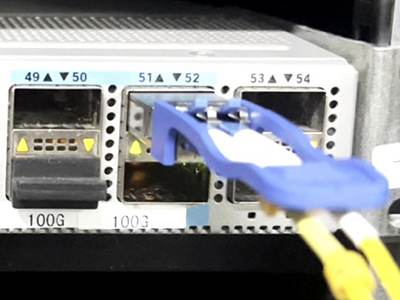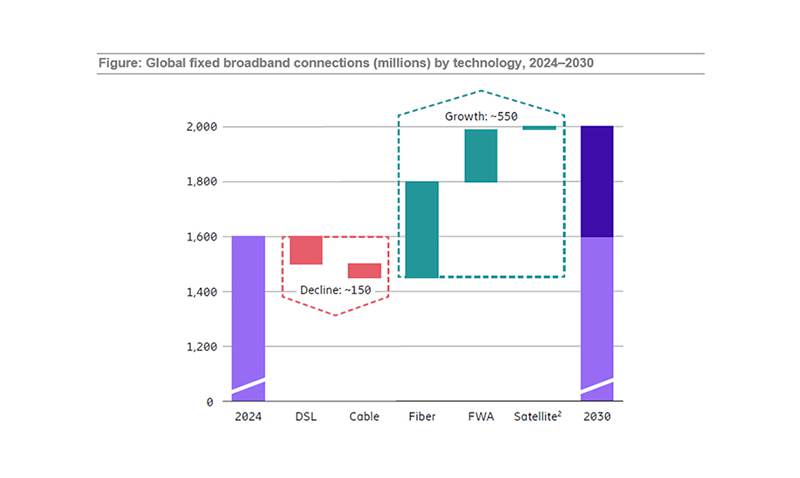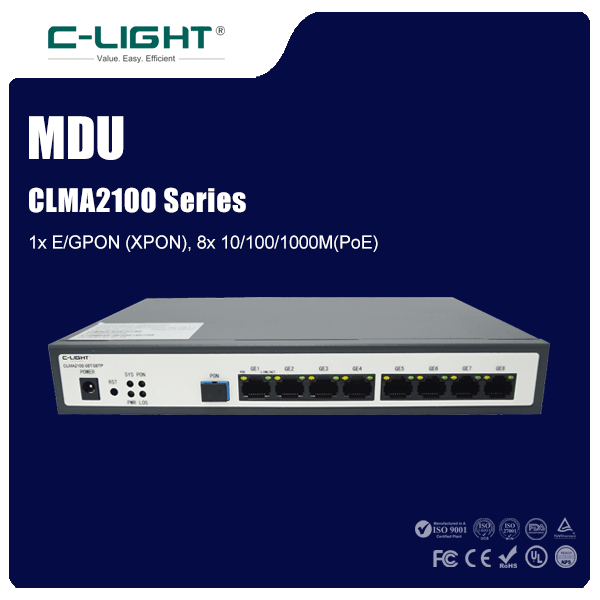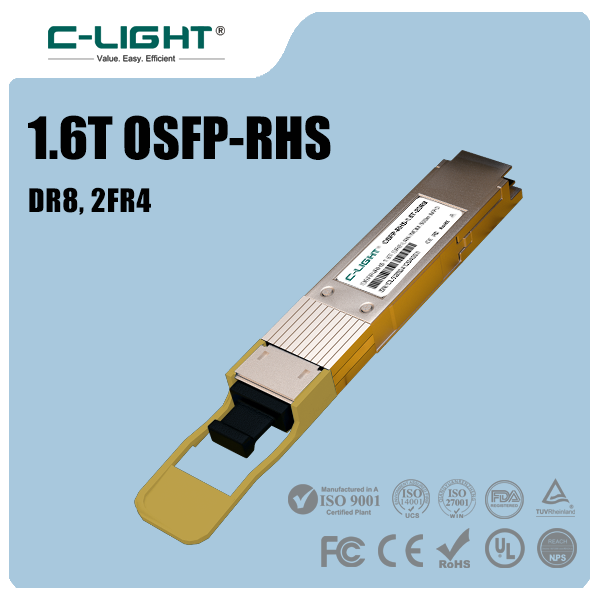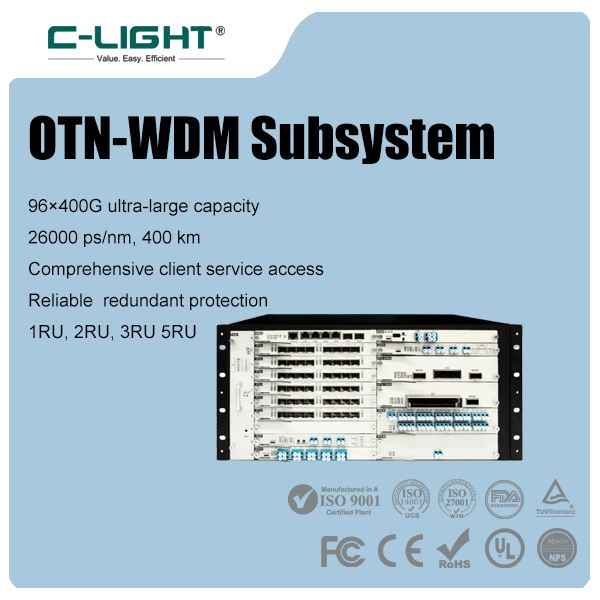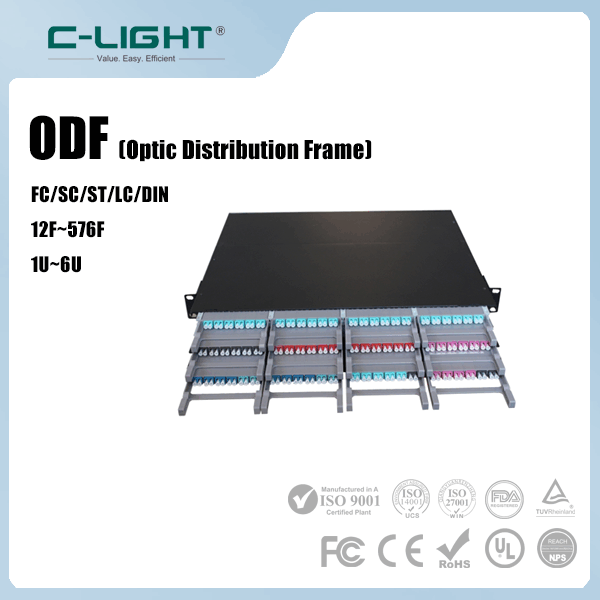
The 1.6T optical transceiver is a cutting-edge product in current high-speed optical communication technology, primarily designed to cope with the rapid growth of global data traffic, especially in scenarios that place extreme demands on data transmission rates. It is mainly deployed in environments where exceptionally high data transfer speeds are required.
AI Clusters and Data Center Interconnect
The explosive growth of artificial intelligence has created unprecedented demands for data transmission speed, making this the most critical application scenario for 1.6T optical transceivers:
AI Training Clusters: Large language models often run distributed across multiple servers, requiring model segments to regularly exchange data for coordinated work. 1.6T optical modules can be deployed in core switches and the backbone links of leaf-spine architectures to support high-bandwidth services like AI training and big data analytics. Their low-latency characteristics accelerate parameter synchronization between nodes, thereby improving model training efficiency.
Hyper-Scale Data Center Interconnect: Within data centers of cloud computing giants and internet companies, 1.6T optical modules can meet the high-speed connectivity needs both inside and between data centers. As 400G and 800G network technologies become commercialized, the next generation of network technology is already targeting the 1.6T rate. This advancement aims to improve performance-per-watt and reduce overall operational costs.
High-Performance Computing and Cloud Services
Beyond the AI field, 1.6T optical transceivers also play a crucial role in other high-performance data application scenarios:
High-Performance Computing (HPC): HPC systems are highly sensitive to inter-node communication bandwidth. The bandwidth provided by 1.6T optical transceivers can meet the massive data exchange requirements between GPU/TPU clusters, preventing computational resource idling caused by network bottlenecks. In fields such as scientific research, weather modeling, and gene sequencing, 1.6T provides the extremely high inter-node communication bandwidth essential for these tasks.
Cloud Service Providers: As cloud service providers like Microsoft and Amazon progressively adopt higher-speed optical module technologies, 1.6T products are becoming their next focus. Higher-capacity network architectures facilitate large-scale AI training and cloud-based data analysis, laying a solid foundation for the development of future high-performance networks.
The 1.6T optical transceiver is a core component for interconnectivity within hyper-scale data centers, addressing explosively growing data traffic and ensuring the efficient operation of tasks like high-performance computing and machine learning training. Simultaneously, it is a key technology for the future upgrade of telecommunications backbone networks and next-generation networks, providing high-speed interconnect capabilities for 800G and above interfaces.
 TEL:+86 158 1857 3751
TEL:+86 158 1857 3751 
















































